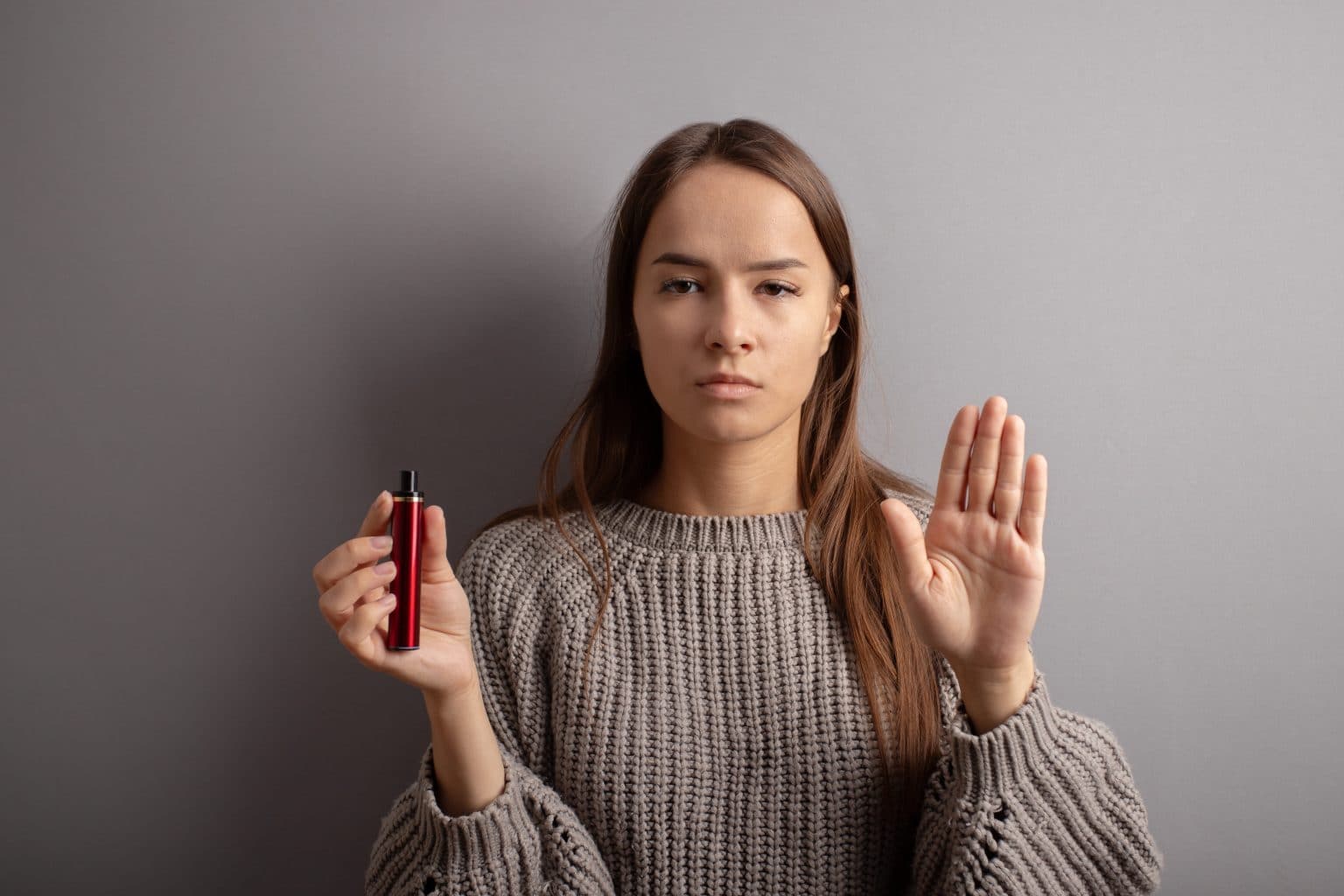A report released in April by the Department of Health and Social Care has revealed a worrying trend: vaping among children has tripled over the past three years. Despite the legal age for purchasing e-cigarettes in the UK being 18, many children are still managing to get their hands on these products, raising concerns among parents about whether their own children might be secretly vaping.
TikTok Analysis Reveals Common Hiding Spots
In light of this, online vape retailer Go Smoke Free analysed 50 TikTok videos that demonstrate how to hide vapes or other small items, uncovering the most common hiding spots used by teenagers. These videos, often shared among peers, provide tips on avoiding detection by parents and preventing confiscation of their vapes.The analysis found that the most popular hiding spot, mentioned in 40% of the TikToks, is inside unused clothing. This includes stashing vapes in hoodie pockets, rolled up in jumpers, or buried between socks. The versatility of clothing as a hiding place makes it a go-to option for many teenagers. Hiding behind paintings, canvases, or posters was the second most common spot, mentioned in 28% of videos. Teens often tape the item to the inside of a wall canvas frame, taking advantage of the dead space.
Other popular locations included inside pillows, under drawers, and within bed frames, each mentioned in 20% of the videos. The idea of using pillows or pillowcases involves tucking the item inside the pillow or its case, making it less likely to be discovered during a casual search. Hiding items in or around bedroom drawers was also common, with many suggesting taping the vape to the underside of the drawer.
Teens also frequently suggested hiding vapes inside stuffed toys, glasses cases, jewellery boxes, and even within hollow compartments of everyday items like hairbrushes. Some TikTok users promoted hairbrushes specifically designed to store vapes, indicating a market catering to this demand. These creative hiding spots demonstrate the lengths to which some teenagers will go to keep their vaping habits secret.
The most common hiding spots for small items according to TikTok
| LOCATION | No. of mentions | Percentage of TikToks |
| Inside or in between unused clothes | 20 | 40% |
| Behind paintings, canvases or posters | 14 | 28% |
| Inside pillow or pillowcase | 11 | 22% |
| Under, inside or beneath drawers | 10 | 20% |
| Under mattress or within bed frame | 10 | 20% |
| Inside curtain, blinds or on top of window | 9 | 18% |
| Inside shoes | 9 | 18% |
| Inside a stuffed toy | 8 | 16% |
| In a pen pot | 8 | 16% |
| Inside a box | 6 | 12% |
Vape-Related Code Words on Social Media
While vapes can be hidden almost anywhere, parents are advised against conducting invasive searches of their children’s rooms. Instead, they should be alert to other signs of vaping, such as specific language used online. TikTok sellers often use code words to bypass censorship and illegally sell vapes to minors. Hashtags like #elfbundles, #puffbars, #geekbar, #elfbar, #discreetshipping, #hiddennic, and #noID are red flags to watch out for.
These code words and hashtags are used to discreetly advertise vapes to children and teenagers. Often, these items are disguised as harmless products like lip gloss or candy, but the associated hashtags indicate a different intention. The products are frequently shipped in innocent-looking packages to avoid detection.
How to Talk About Vaping with Your Kids
When addressing the issue with children, experts recommend a careful, non-confrontational approach. Starting a conversation by mentioning a news story on vaping and asking for the child’s thoughts can be a good way to initiate dialogue. It’s important to explain the risks associated with vaping in a straightforward, non-judgemental manner.
Parents should aim to create a supportive environment that encourages open communication. Expressing concern for the child’s wellbeing, rather than anger, can help them feel safe to discuss their experiences with vaping. Confiscating vapes or issuing bans may only push children towards rebellious behaviour, making them more determined to continue vaping in secret.
Instead of outright bans, fostering an atmosphere of trust and understanding can help address the underlying reasons for a child’s vaping. Discussing the health risks, financial costs, and potential for addiction associated with vaping can make the child more informed about their choices. It’s also helpful to provide resources and support for quitting, such as nicotine replacement therapies or counselling services.
Building a Supportive Environment
Ultimately, creating an atmosphere of trust and understanding is essential. Encourage your child to ask questions and express their thoughts on vaping. Listen to their concerns and provide them with accurate information. Building a relationship based on trust and open communication can help guide your child towards making healthier decisions.
Parents should also be aware of the influence of peer pressure and social media. Discussing these influences and helping children develop critical thinking skills can empower them to make informed choices. Providing positive reinforcement and setting a good example by avoiding nicotine products yourself can also be effective.
By taking a proactive and supportive approach, parents can help their children navigate the challenges associated with vaping and encourage them to lead healthier lives.
Visit https://www.gosmokefree.co.uk for more information.

